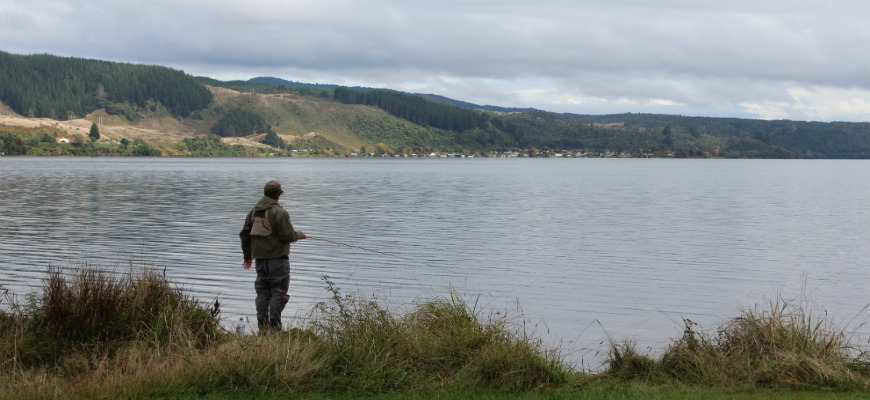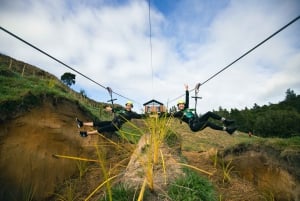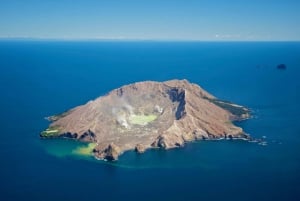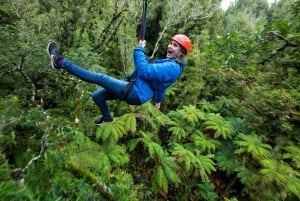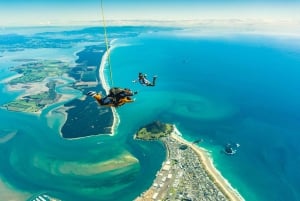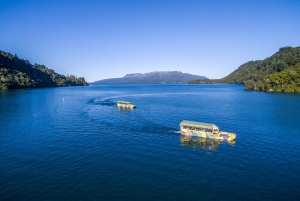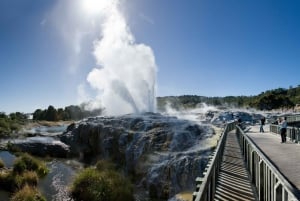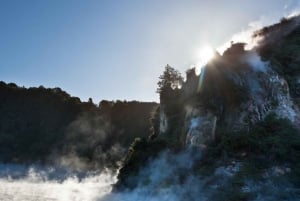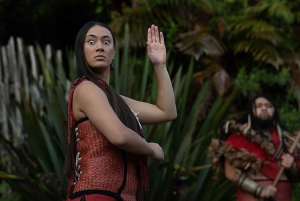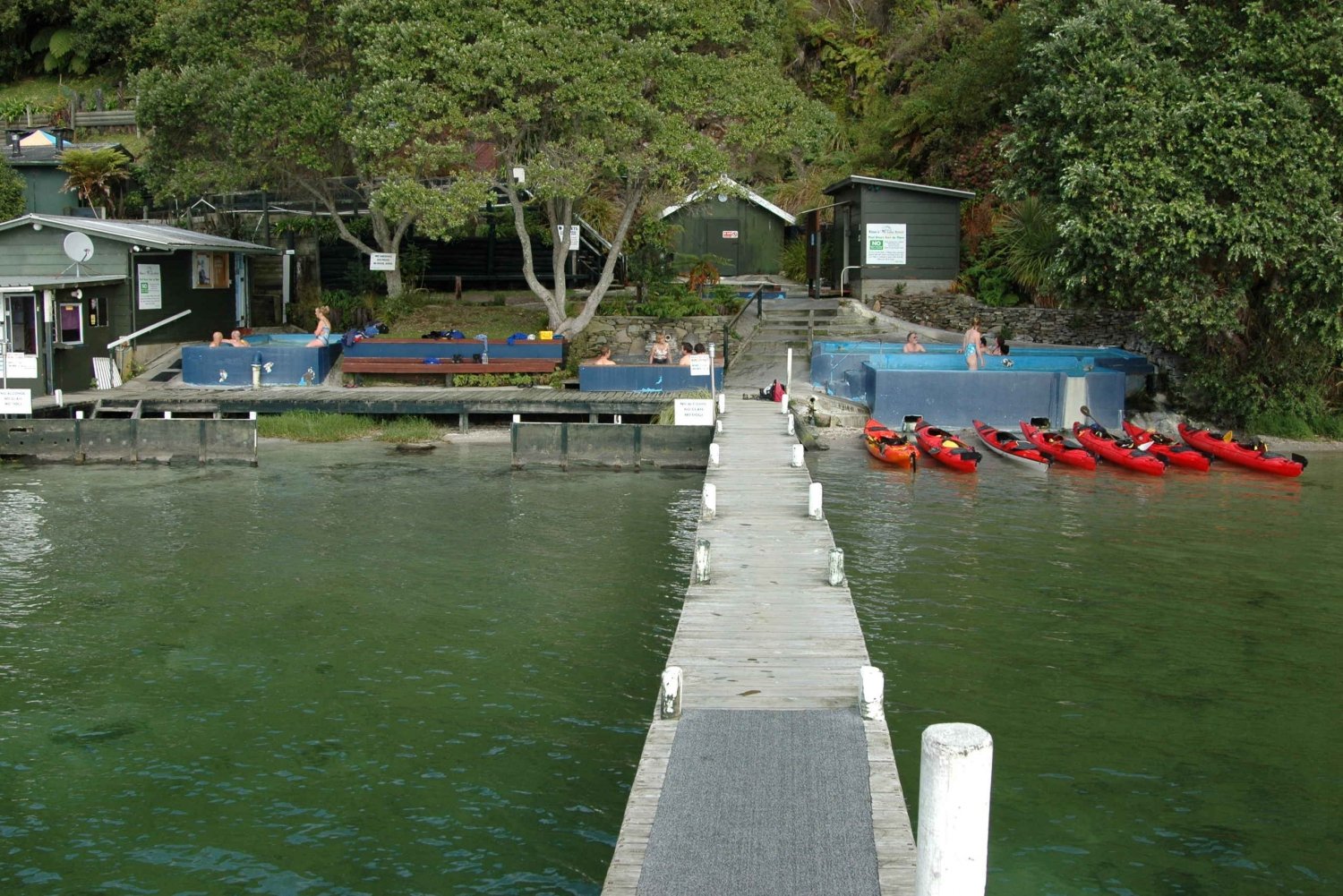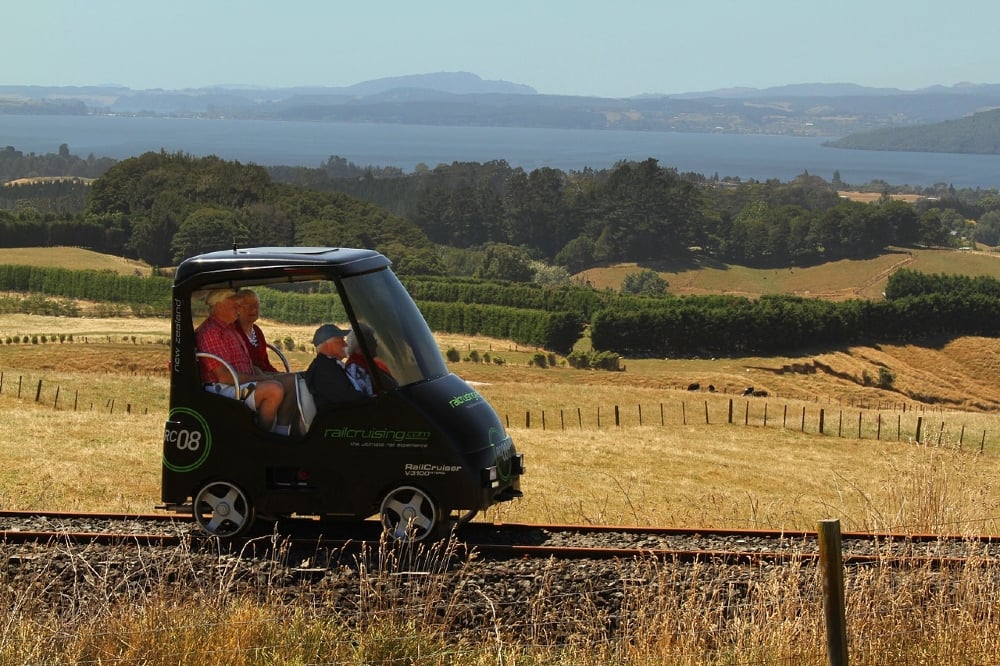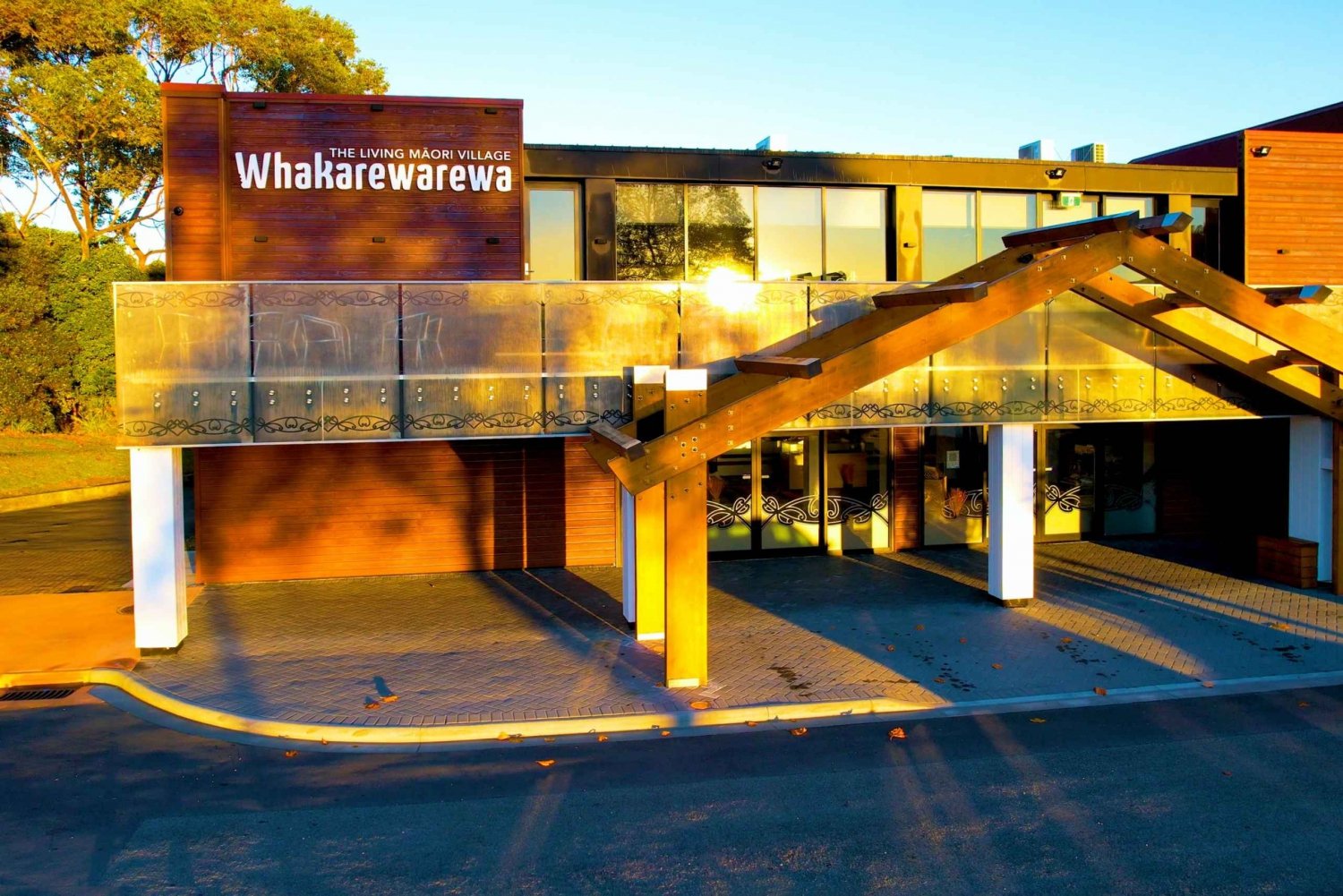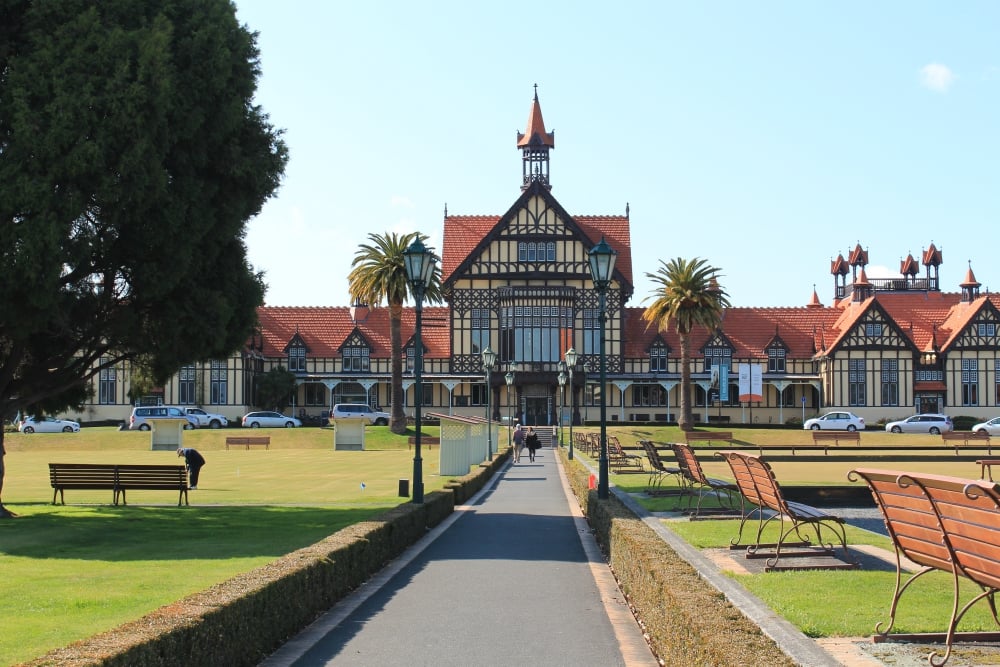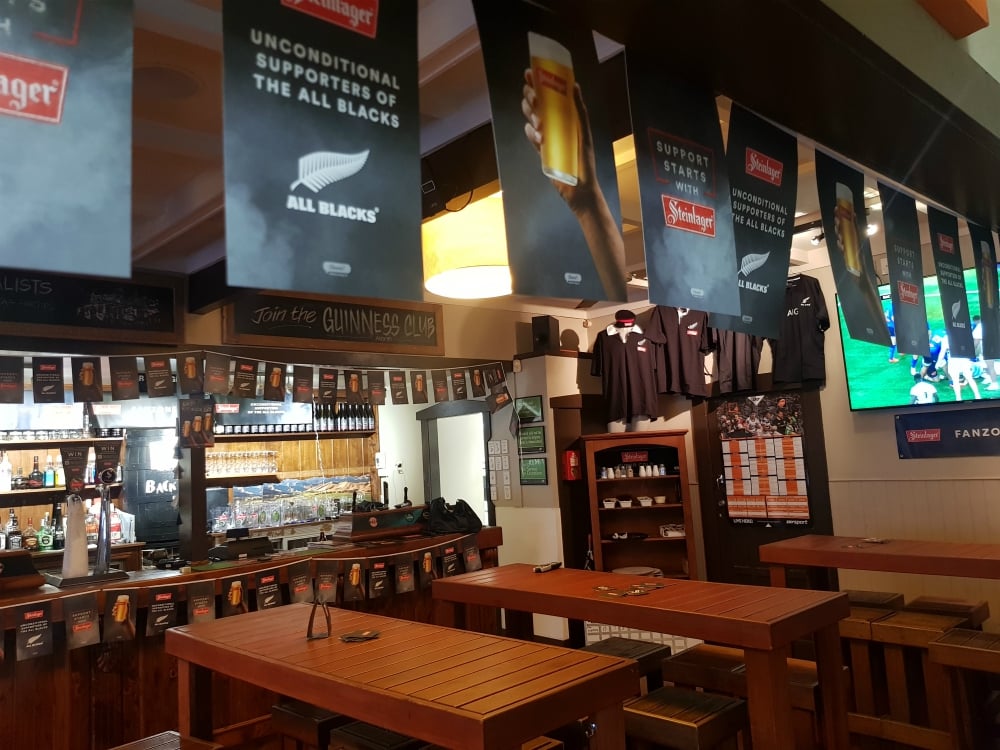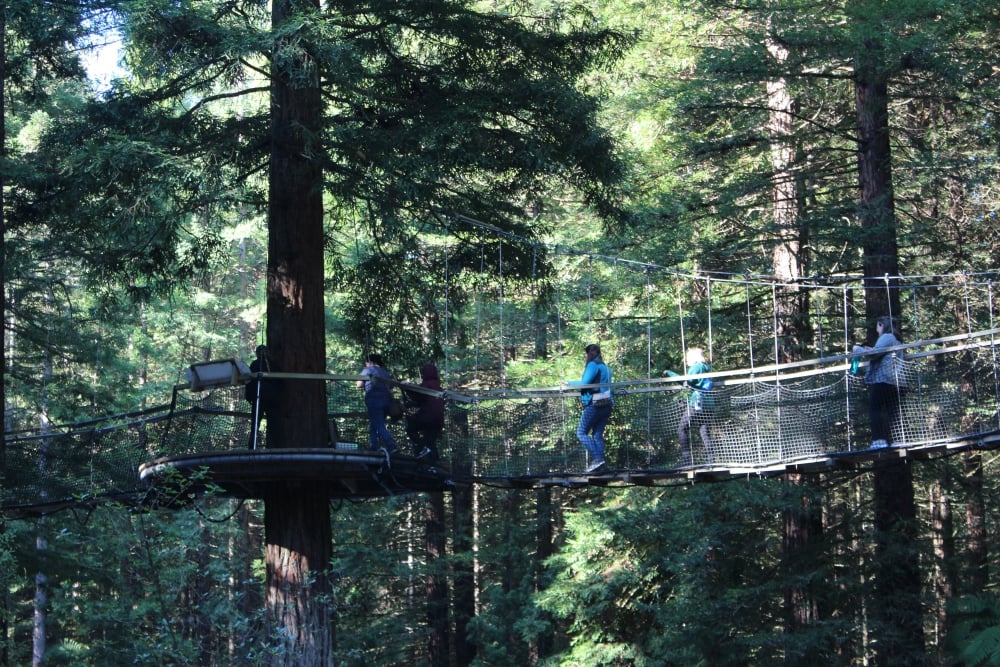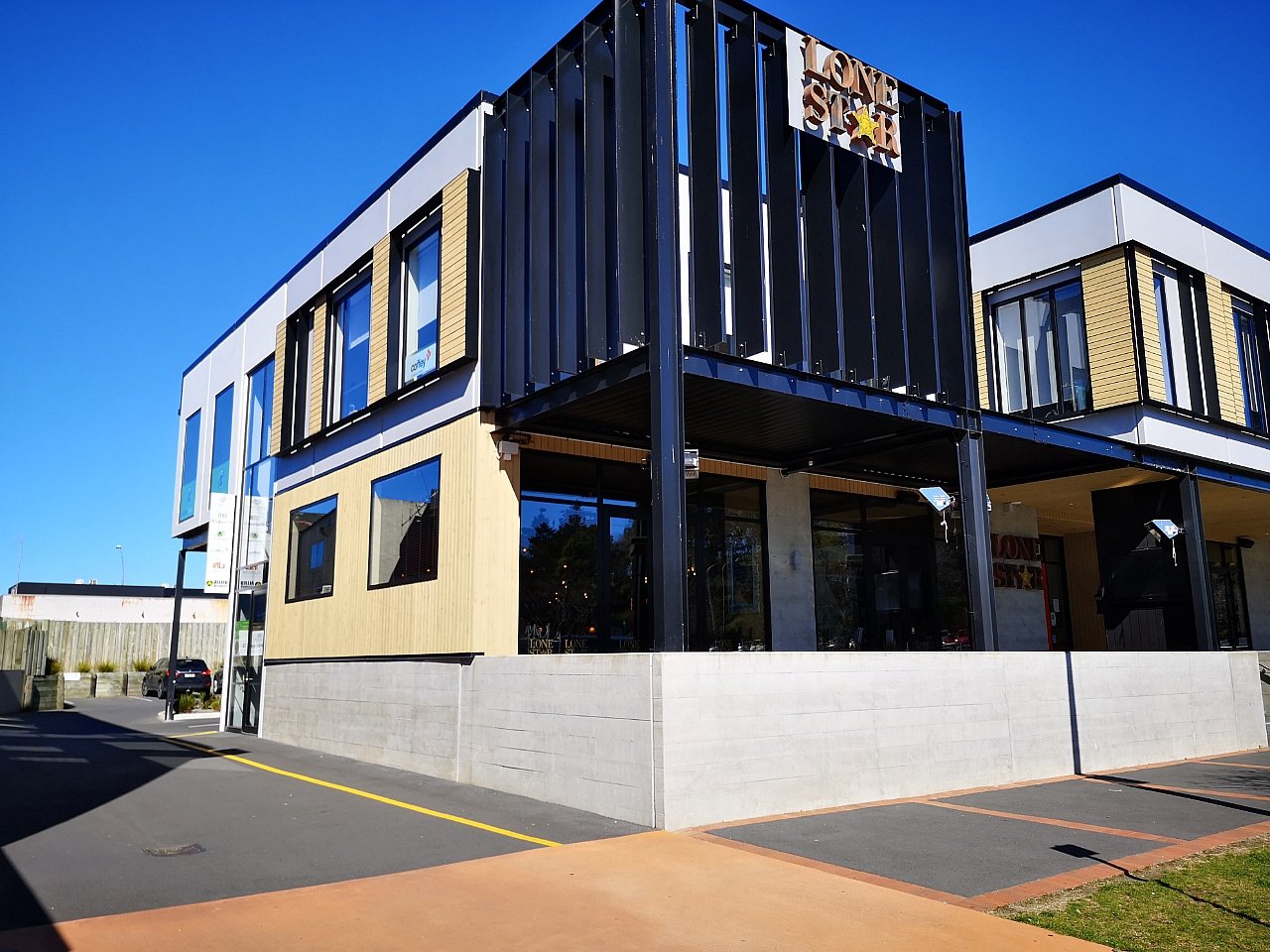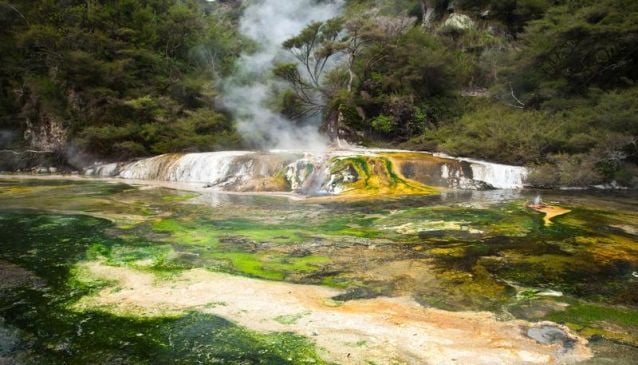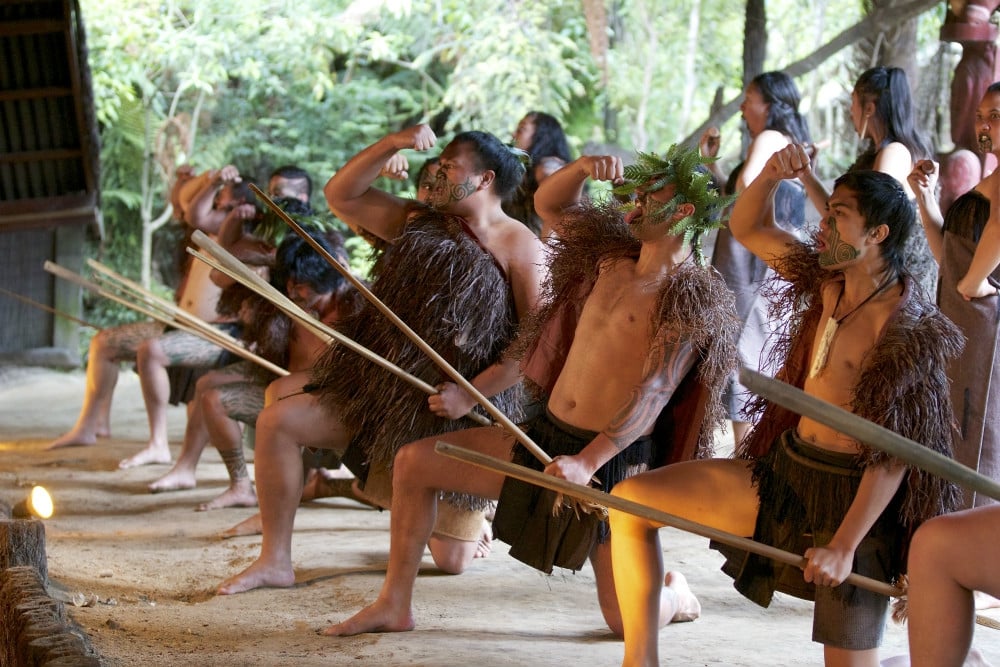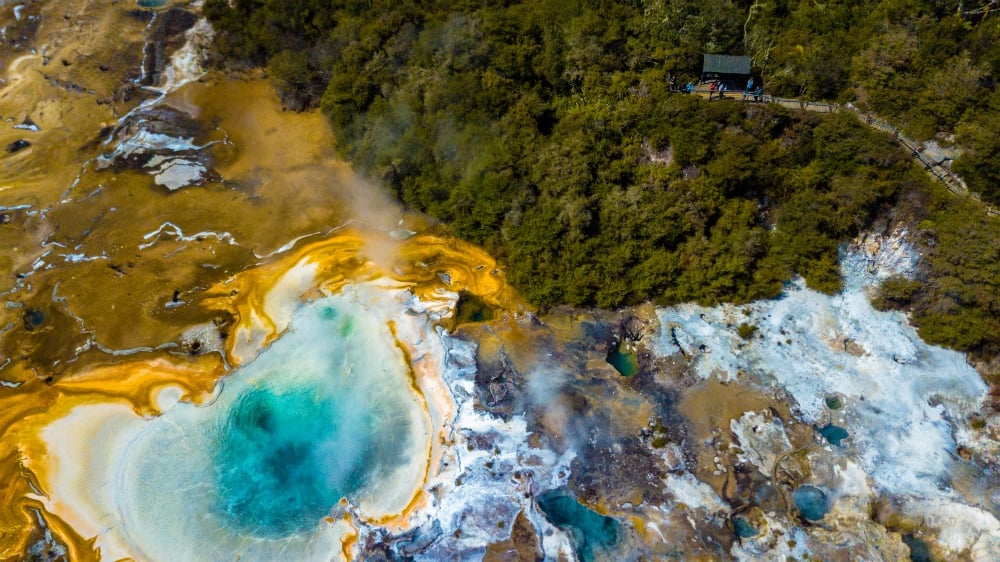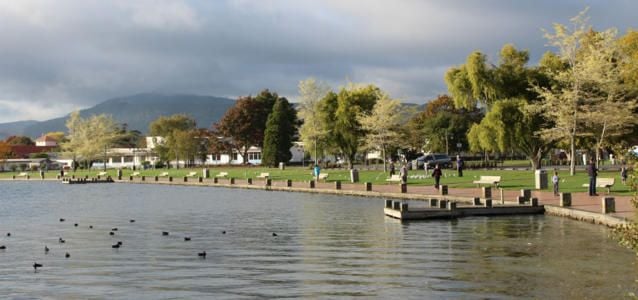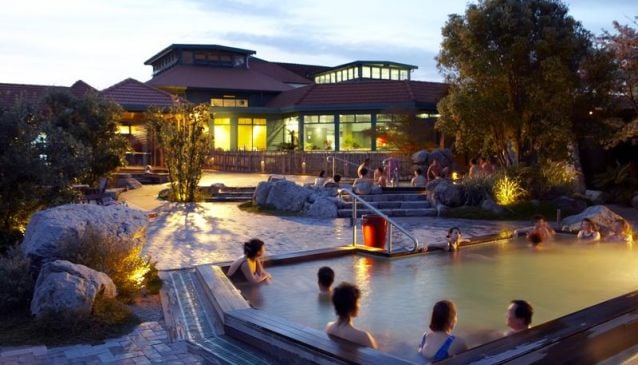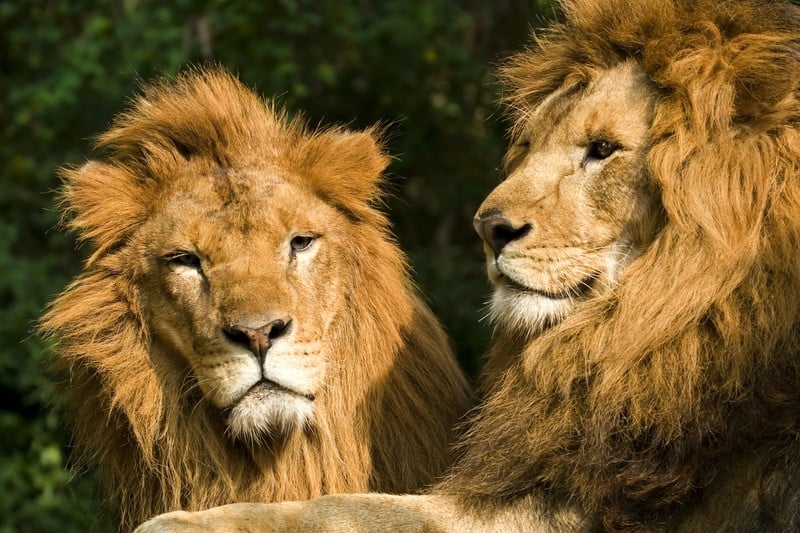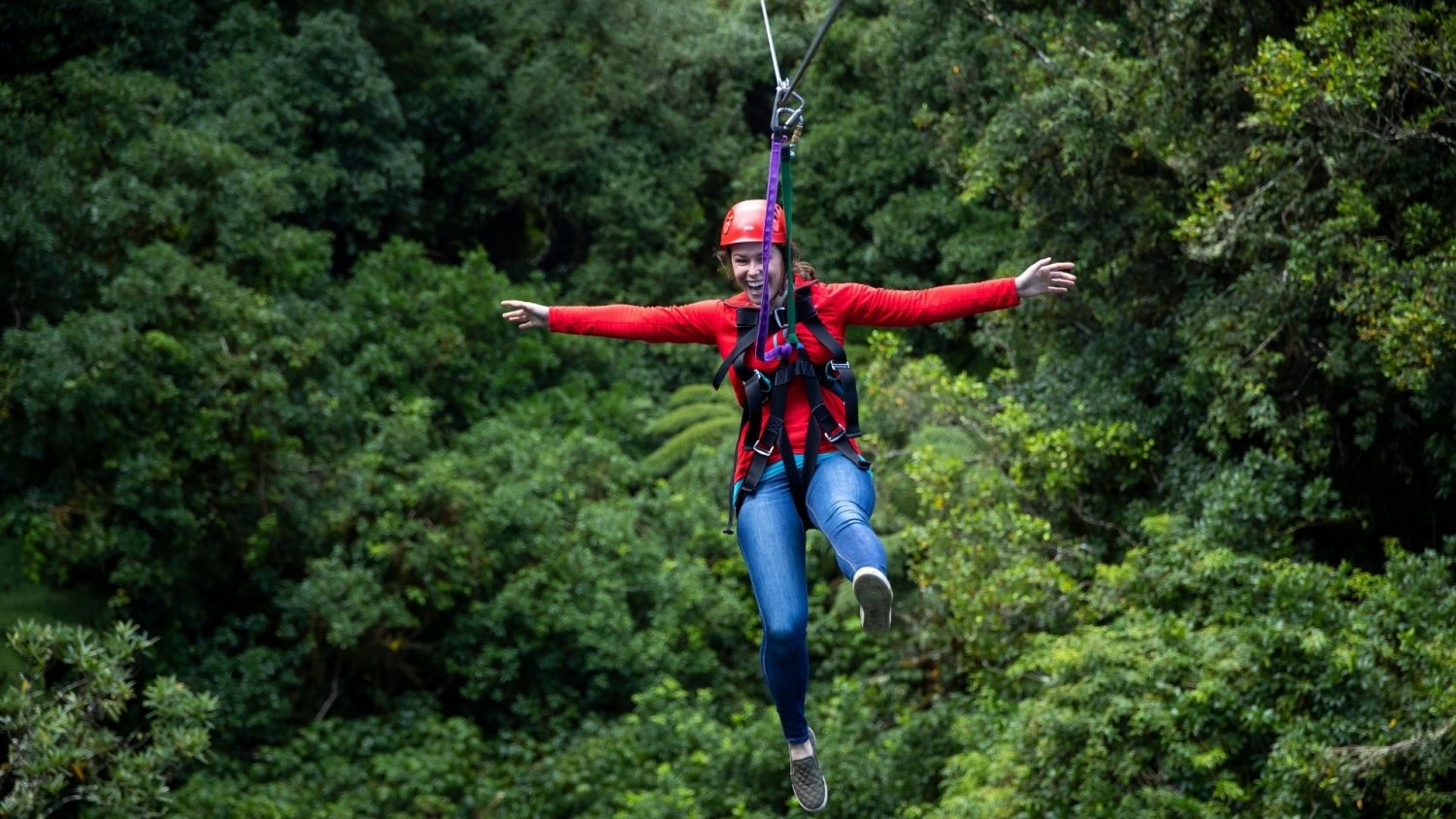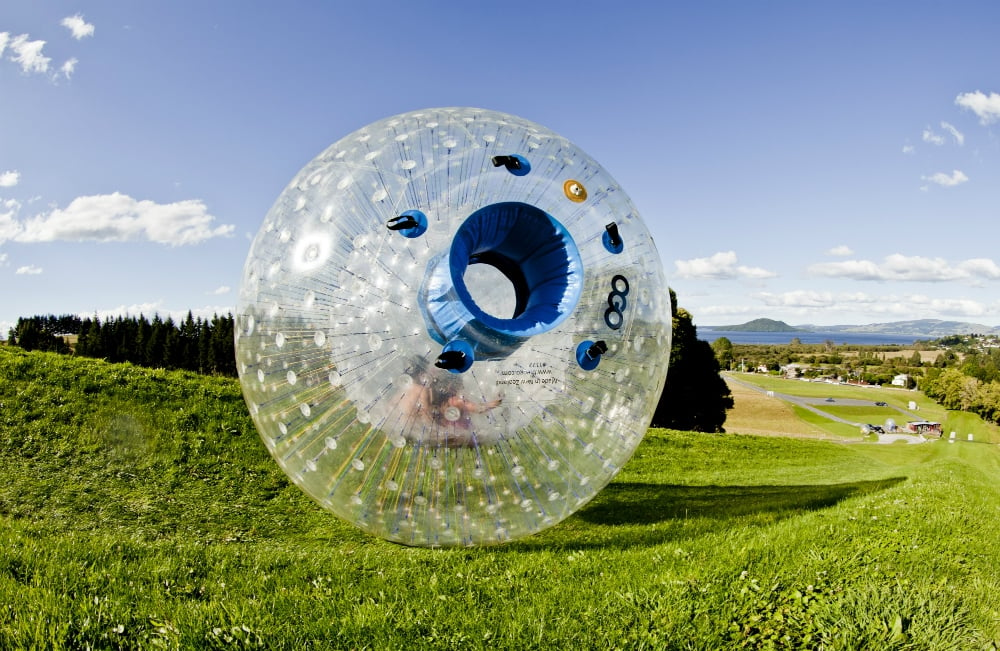Rotorua Fishing
Rotorua fishing offers plenty of opportunities for keen anglers. Out of the 16 lakes in Rotorua, 15 of them are fishable along with a multitude of streams. The predominantt fish in rotorua is Rainbow Trout with other types of trout (Brown, Brook, Tiger) found in smaller numbers. It is possible to fish most of these lakes from the shore or wading in a little, though having access to a boat will open you up to more possibilities.
Lakes are open all year round except for Tarawera, Rotoiti and Okataina, however winter shoreline fishing is permitted on these three lakes for wading fly fishermen only. If in doubt, talk to staff at local tackle shops and check regulations in all fishing spots (including method specifications) on New Zealand's main fishing website, nzfishing.com.
For those looking for a DIY experience your best bet is Hamills Fishing & Hunting store on Fenton Street in Rotorua. They stock fishing licences, waders, rods, reels.
There are also options for those seeking a guided tour with local fishing experts. Cruise and Fish Rotorua offer a range of trips including tranquil stream fishing and adrenaline-pumping helicopter fishing tours.
Here are some key fishing spots in Rotorua:
Lake Rotorua
This is the largest lake in Rotorua but also the shallowest at only 25 metres deep. Due to its shallow depth the water temperature in Lake Rotorua rises dramatically in summer producing algae which obscures visibility in the water when fishing. This problem is being dealt with and fishermen should see a decline in algae.
The tributaries of Lake Rotorua create excellent spawning conditions and in conjunction with this hatchery-reared trout are released into the lake every year, making Lake Rotorua one of the most well stocked lakes in the area.
-
Methods: Anglers will find excellent fishing year round. Trolling and harling from boats is possible except within 200 metres of major tributary stream mouths. Shore-based fly fishing is also very effective.
-
Fish type and size: Mainly Rainbow Trout in the 1.5 to 2kg range. Brown Trout average around 3kg.
-
Access: Very close to Rotorua City. Easy access to the shoreline with a road running around the lake. Public boat ramps available for use.
Lake Tarawera:
A pristine lake ringed in secondary growth bush and scrub after Mount Tarawera erupted in 1886 destroying the original native bush. Lake Tarawera is widely considered one of the most beautiful and best lakes for fishing in Rotorua, also owing to the trophy size of the fish within it. Mount Tarawera is now dormant and is a dramatic backdrop only. The water in Lake Tarawera is crystal clear and very deep. Isolated bays provide excellent opportunities for anglers and dedicated fishermen will be seeking out early morning spots at Waitangi Bay, Rangiuru Bay and also Te Wairoa stream mouth.
-
Methods: Fly fishing is popular on the Western Shoreline during the day and even more productive at night. As the water is deep so close to the shore a sinking line tends to be favoured. Trolling is also a common fishing method on this lake.
-
Fish type and size: Very large Rainbow Trout, most of which exceed the 4.5kg mark with some even weighing in at over 6kg.
-
Access: 18km from Rotorua City, take the Tarawera Road that leads off the State Highway 30. This road leads to the western shoreline of the lake and some boat ramps. The rest of the lake is accessible only by boat.
Lake Rotoiti
The third largest lake in Rotorua, Rotoiti is very deep and was formed by a volcanic cone. Due to the lack of major tributaries on this lake, most fish are hatchery-reared but the abundant food sources ensure that Brown and Rainbow Trout grow to big sizes once in the lake. ÃÂ The northern shoreline is bush clad and has steep cliffs rising out of the water. This makes for beautiful scenery but it also means that this part of the lake is fishable only by boat.
-
Methods: Shoreline and boat anglers target trophy fish in this lake. Trolling is most effective but the southern shore is also good for shoreline fishing where small tributaries flow in.
-
Fish type and size: High stocks of Rainbow and Brown Trout. One in ten fish caught here is over 10lbs.
-
Access: State Highway 33 provides access to the north-western shoreline and State Highway 30 leads you to the south-eastern shoreline.
Lake Okataina
One of the more remote lakes in the area, Okataina is situated in a scenic valley and surrounded by virgin native forest. The lake is very deep and very cold with secluded bays and long arms of water reaching into the wooded valleys. This is one of the most beautiful lakes in the Rotorua district to fish on with dramatic bush clad hills and atmospheric sunsets.
-
Methods: The shoreline access is limited so most fishing must be done by boat. Fish are very easy to spot by the shoreline and the land-based angler will find good fishing as long as you are prepared to walk. Trolling and jigging are the most popular methods used here.
-
Fish type and size: A large population of hard fighting Rainbow Trout of hefty sizes. Many fish caught here are over 4.5 kg.
-
Access: Turn off State Highway 30 at Ruato Bay on Lake Rotoiti and take the road to the northern end of Lake Okataina where there is also a boat ramp.
Lake Rotoma
Another result of a major volcanic eruption, Lake Rotoma is over 240 metres deep in places and is glassy clear. The most easterly lake of the Rotorua lakes, Rotoma is also home to the rare Tiger Trout, which is a cross between Brook and Brown. There are no visible outlets for the small streams which flow into Lake Rotoma and so all fish in the lake is hatchery-raised.
-
Methods: Trolling is the most popular method on this lake although jigging is used when the trout are lay deep in the lake. In late spring, fish can be caught very close to the shore and in early winter, fly fishing is effective at the southern beach where large trout congregate.
-
Fish type and size: Rainbow Trout average at around 2kg and Tiger Trout which locals confirm can grow to over 10kg.
-
Access: State Highway 30 runs for several kilometres along the south-western and southern shore.
For a full guide on all the lakes, you can read our Rotorua Lakes Guide.



